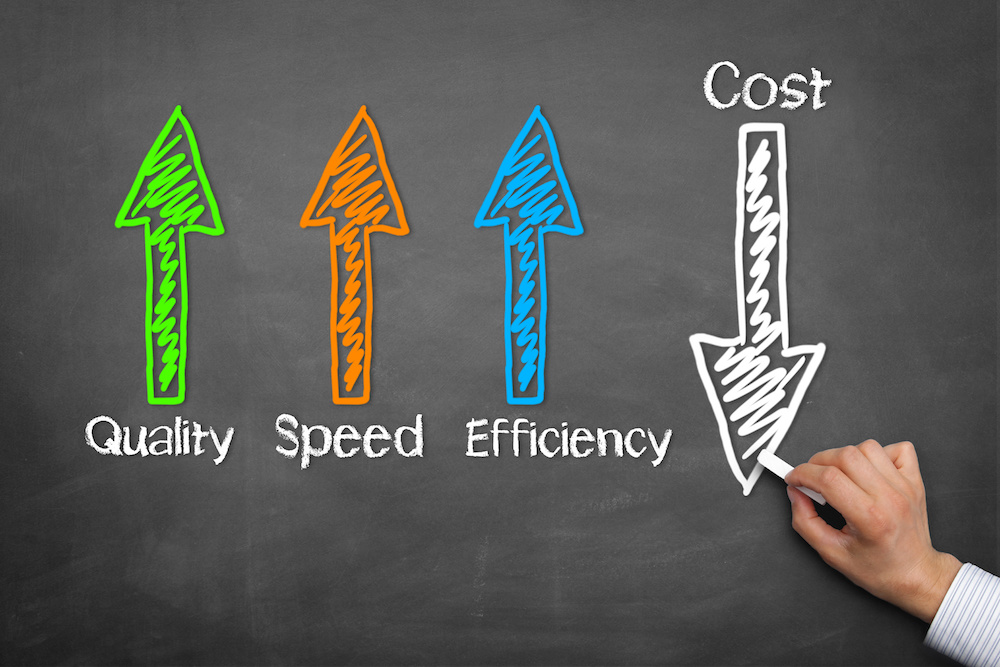To gain the highest possible conversions and remain relevant in their industry, contact centers must implement changes that reflect best practices that will help them optimize efficiency and offer the highest level of customer service.
An all-at-once implementation of these best practices, however, can result in chaos. Customers may turn to competitors if a contact center lacks the organization necessary to handle their requests.
To maintain organization while adapting new business practices, contact center management should determine an implementation schedule that best fits their unique needs. To achieve this, management must evaluate when the best time is to implement each identified best practice. This determination is especially necessary for new contact centers preparing to launch.
Optimize Efficiency
To start, contact centers should implement best practices that optimize efficiency; it’s critical to operate as smoothly as possible before expanding and incorporating new technology. One of the best ways contact centers can do this is to reduce dependency on spreadsheets. Using spreadsheets to track business and customer interactions makes a contact center vulnerable to human error and requires agents’ time that could be better spent assisting customers. Implementing contact center software allows business and customer interactions to be tracked electronically, reducing and often eliminating errors, and freeing agents’ time to better assist customers and assist more of them.
Expand Service Channels
Once a contact center’s efficiency is optimized, the next best practice to implement is service expansion. Each customer has a preference for contacting a business, and a contact center should offer means of communication that meet those preferences. The modern omni-channel contact center should offer phone service, email service, live chat, and text messaging support. Utilizing a contact center software solution allows contact centers to easily manage customer communication across channels, and allows agents to assist more than one customer at a time. Customers appreciate the ability to contact a business on their terms, and the contact center is able to increase conversions when they can efficiently manage customer communication through calls, emails, chats and texts.
Use Customer Engagement Analytics
After a contact center has optimized efficiency and expanded services, they should use analytics to measure customer satisfaction and determine any needed changes. Implementing a contact center software solution allows contact center management to measure agent performance and customer interactions. Software can also provide valuable business insights by segmenting, profiling, visualizing, and analyzing data to create predictive models. These predictive models pinpoint any changes needed to improve conversions and customer satisfaction.
Be Prepared
Before implementing any best practice, contact center management should ensure that their team is able to handle the coming changes. A confused staff or one that struggles to keep up with customer demands will drive customers away, so proper and complete training is needed to prepare each team member. Implementing a contact center software solution makes data tracking and multi-channel communication user friendly for agents, and makes analyzing customer interactions simple for management, reducing the training time needed for the entire team.
After a contact center has identified the best practices to implement, when to implement them, the training needed, and the software solution that best meets their implementation needs, they will be fully prepared to implement the necessary changes to increase conversions and offer the best possible customer service.








